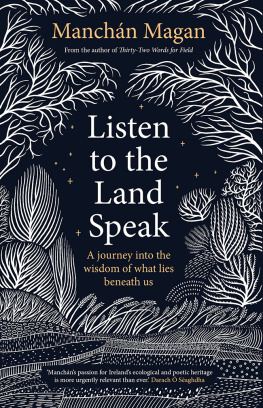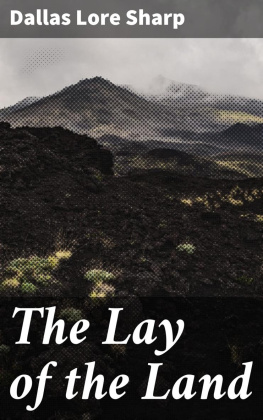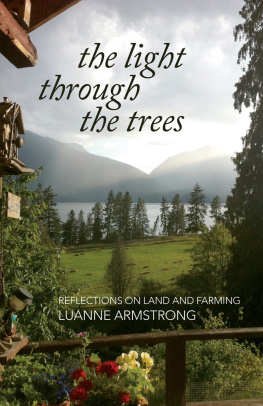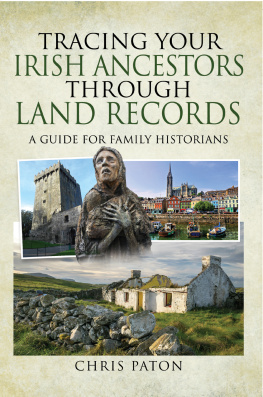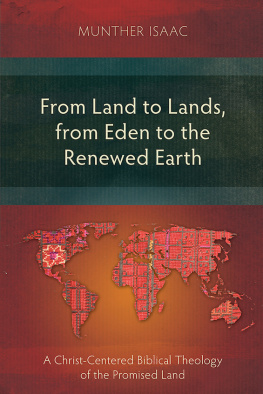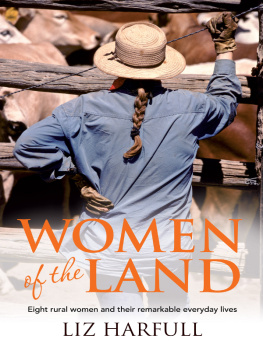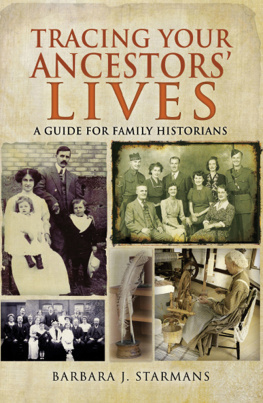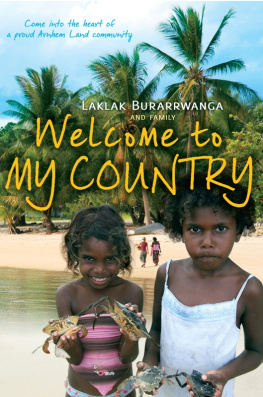About Gill Books
Gill Books story begins in 1856 when Michael Henry Gill, then printer for Dublin University, purchased the publishing and bookselling business of James McGlashan, forming McGlashan & Gill. Some years later, in 1875, the company name was changed to M.H. Gill & Son. Gill & Macmillan was established in 1968 as a result of an association with Macmillan of London. There was also a bookshop, popularly known as Gills, located on Dublins OConnell Street for 123 years until it eventually closed in 1979. Today our bookshop can be found online at www.gillbooks.ie.
Gill Books is proud to publish a broad range of non-fiction books of Irish interest, from history to economics, politics to cookery, and biography to childrens. Since 1968, we have published outstanding authors and groundbreaking books such as Fatti and John Burkes Irelandopedia, David McWilliams The Popes Children, Nol Brownes Against the Tide, Garret FitzGeralds All in a Life, Augustine Martins Soundings, the phenomenal, bestselling fiction series Oh My God, What a Complete Aisling by Emer McLysaght and Sarah Breen, and smash-hit cookbooks that include The Daly Dish by Gina and Karol Daly and Midweek Meals by Neven Maguire.
We also publish a wide range of educational books and resources, and we provide a distribution service for the majority of Irelands independent publishers.
For more information about us, our titles, or to join our mailing list, please visit www.gillbooks.ie.
ACKNOWLEDGEMENTS
To my parents, Crine and Michael, for all the expeditions they organised to historical sites, forested demesnes, mountain passes, island sanctuaries and archaeological digs that sparked in me a curiosity about the landscape and culture of this island. Their active involvement with the Irish Georgian Society and the Friends of the National Collection of Ireland taught me to be constantly scanning the natural and built environment, and learning the stories of my locality.
Experiencing my fathers encyclopaedic knowledge of the local history of almost every square inch of Ireland brought home to me the phenomenal richness of our cultural legacy, and watching my mothers relentless campaigns in the 1970s to preserve landmark buildings, such as Tailors Hall in the Liberties of Dublin and Damer House in Roscrea, made clear to me the importance of fighting to preserve our heritage, just as her mother, Sighle Humphreys and grand-uncle, The ORahilly, had fought to gain Irelands independence.
It was in 1978, when my whole family joined the battle to prevent the destruction of Viking Dublin at Wood Quay, that I truly understood the importance of our cultural heritage. Just as Sighle had been instrumental in supporting the IRA during the War of Independence in the 1920s, my siblings and I actively supported the brave volunteers who camped in front of bulldozers to prevent the destruction of our archaeological inheritance.
To Dr Peter Harbison, for permitting me, as a gormless teenager in the 1980s, to tag along as he walked the hills of the Dingle Peninsula developing his theory of Early Christian and medieval pilgrimage in Ireland. I learnt from him how to feel my way into a landscape and to strip away a thousand years in order to see how the land looked long ago. Thanks to Peter for his early edits of this book and for offering such valuable insights and advice.
To Conor Newman of NUIG, who has been such a great supporter and who has pointed me towards invaluable sources and resources that have enriched this book.
To my lecturers at University College Dublin who so inspired me in the early 1990s, particularly Professor Francis J. Byrne and Dr Charlie Doherty of the Early Irish History department, and Professor Howard Clarke, who brought medieval Dublin alive for me.
To Professor Daith hgin of the Folklore Department of UCD, who took me under his wing, despite the fact that I wasnt even enrolled in any of his courses.
To my relations from North Kerry: Fr. F.X. Martin, professor of Medieval History; T.F. ORahilly, professor of Celtic Languages; and Cecile ORahilly, professor of Celtic Studies, who established a precedent for the rigour, excellence and eloquence needed to say something new in the field of Early Irish History.
To my brother Run for offering his insights into the Famine chapters and to the many scholars who have patiently taken the time to explain their field of expertise or shared their research with me: Dr Roseanne Schot, Ciara Henderson, Daniel Curley, Mike McCarthy, Donnchadh Baoill, Rossa Snodaigh, Cathal Baoill and Anthony Murphy, curator of the great archive mythicalireland.com. I apologise if my limited abilities have failed to capture the excellence of their research and insights.
To Steve Doogan, whose cover design and illustrations have done so much to lift my three books with Gill Books to a whole other level.
To Michael Keegan-Dolan, who first challenged me to have the courage to publish my vision for the Irish language in Thirty-Two Words For Field, without which this book would not exist.
To Marianne Gunn OConnor, my literary agent, who has steered me safely through the world of writing for 15 years, and to Jessica Woollard, who is now taking over the baton.
And most of all, to Aisling Rogerson, who sparked this entire work by her wish to gift her baker at the Fumbally Caf a book about the sacredness of the Irish landscape. She challenged me to find such a book, and I failed the challenge. Two years later, these pages are my humble offering.

RIVERS AS GODDESSES
O n a recent journey to north-west Co. Donegal to gather Irish words about the sea and coastal practices, I met a fisherman and local authority official, Donnchadh Baoill, who pointed out a bridge to me over the Crolly River and told me that its name was Droichead an Chaorthainn (Rowan Bridge). I noticed a line of rowan trees growing along the bank, and he said, The rowan kept the evil spirits, the wee people, away. The trees protected the community, because the river was a dangerous place.
I presumed he was referring to the risk of flooding, but he went on to say that his grandmother used to warn him not to get too near the rivers edge or to approach a lakeside at night, because the fairies passed along these waters in long, shallow boats in search of human souls to take to their realm. If you got too close, they would grab you and pull you in.
The idea of rivers being dangerous has waned in recent years as many of them have now been so comprehensively banked and bridged that their ability to create and destroy, to nourish life and to take it, seems diminished. This was not always the case. Streams and small rivulets were regarded simply as watercourses running through the countryside, but a river of any reasonable girth or length was likely to be more than it seemed. Often they were boundaries between this world and the Otherworld, or else goddesses in their own right.
Baoill told me that the Crolly River had a dobharch, a giant otter, associated with it, which swam the river at dusk looking for young children to take back to the Otherworld, as it was known that the fairies couldnt have children of their own and so needed to steal human ones.
This concept of water spirits taking children is a universal one. Throughout Africa and South America there are tales of sinister beings who drag unaccompanied children into their watery realms. Greece and Mexico have similar mythical water characters who lurk along riverbanks grieving their own lost children and waiting for human children who wander by. Estonia also has a female water deity who is cunning and can beguile passers-by with her seductive voice that resembles the hypnotic murmur of a river.
Next page
